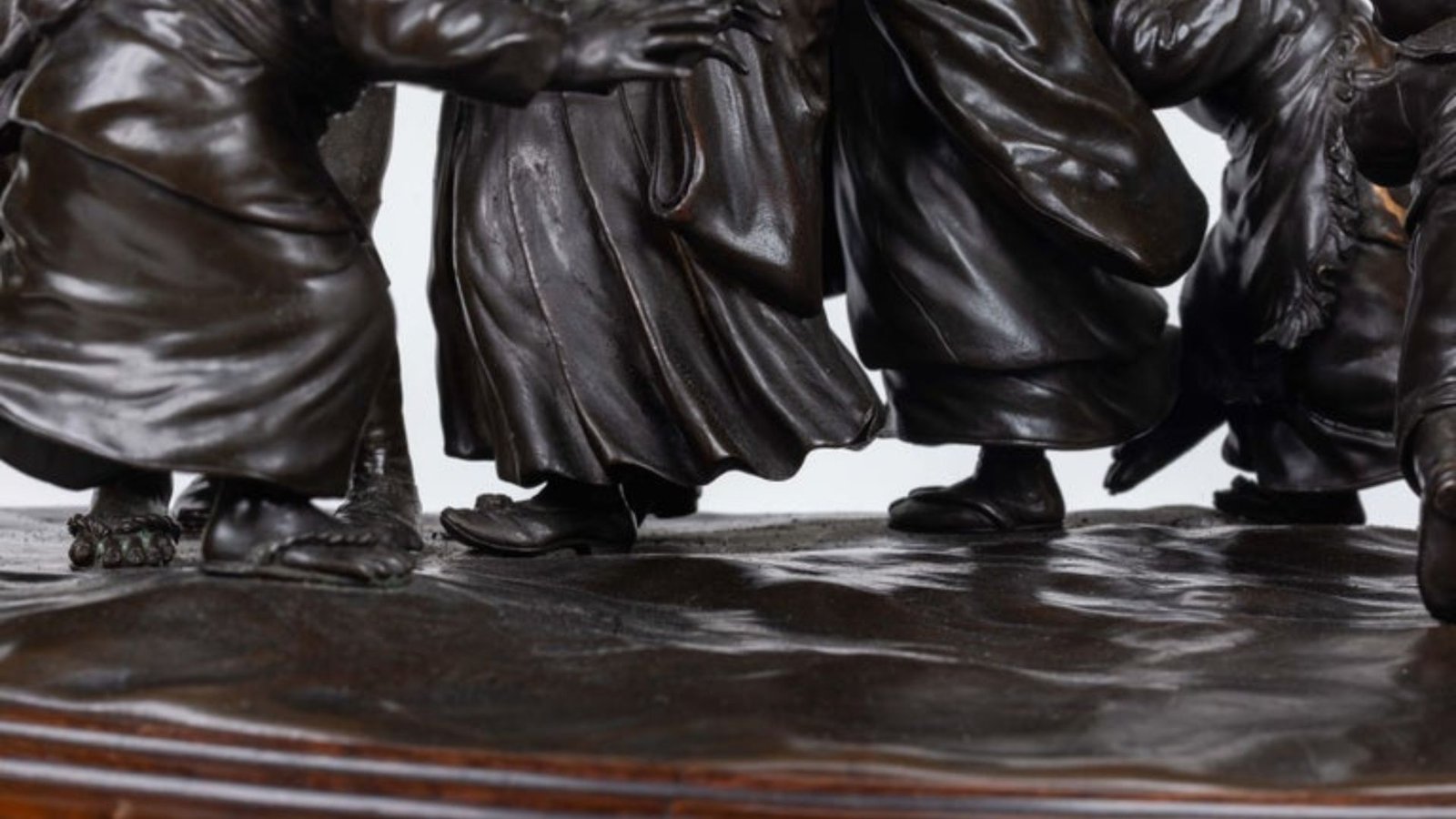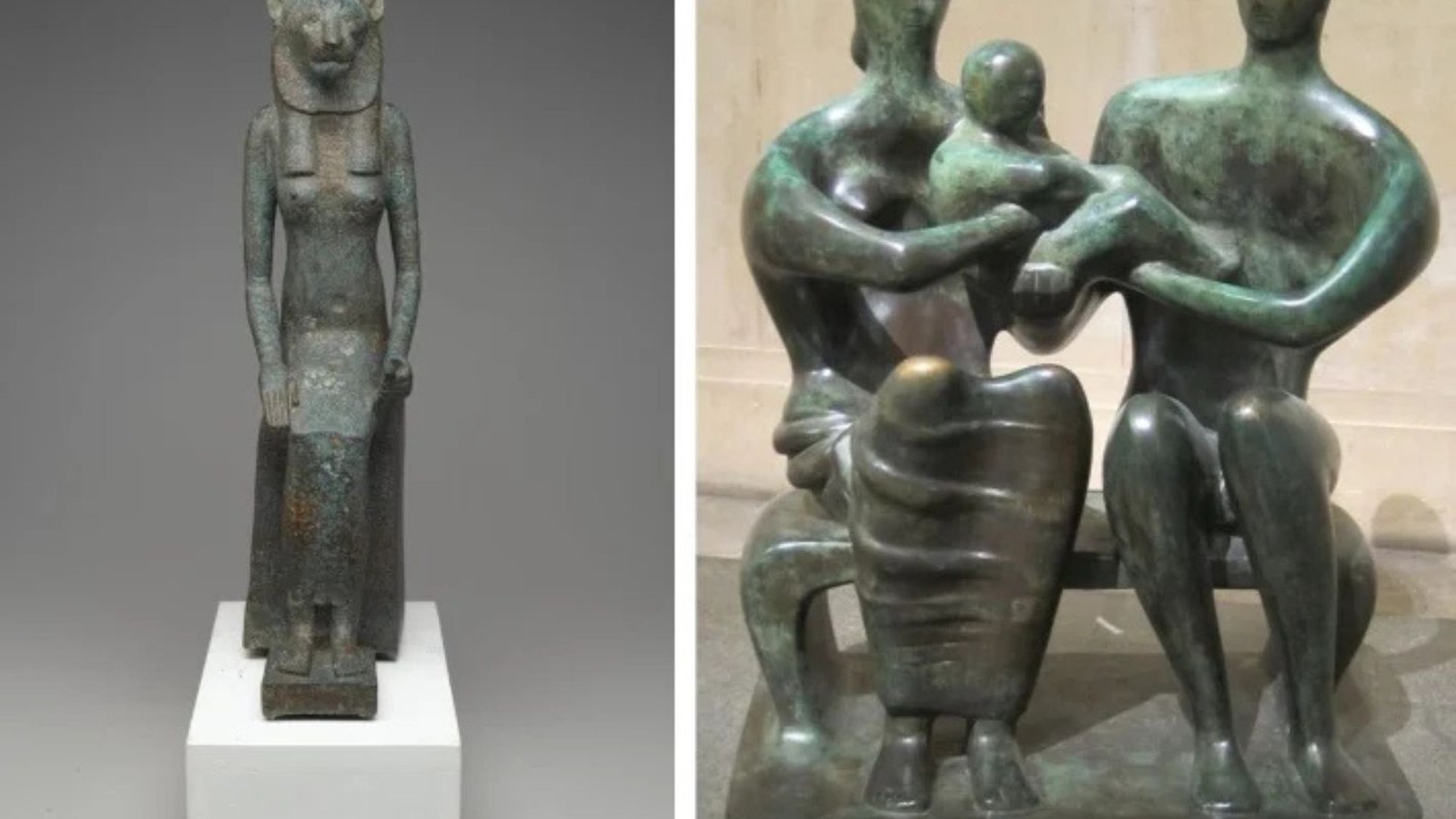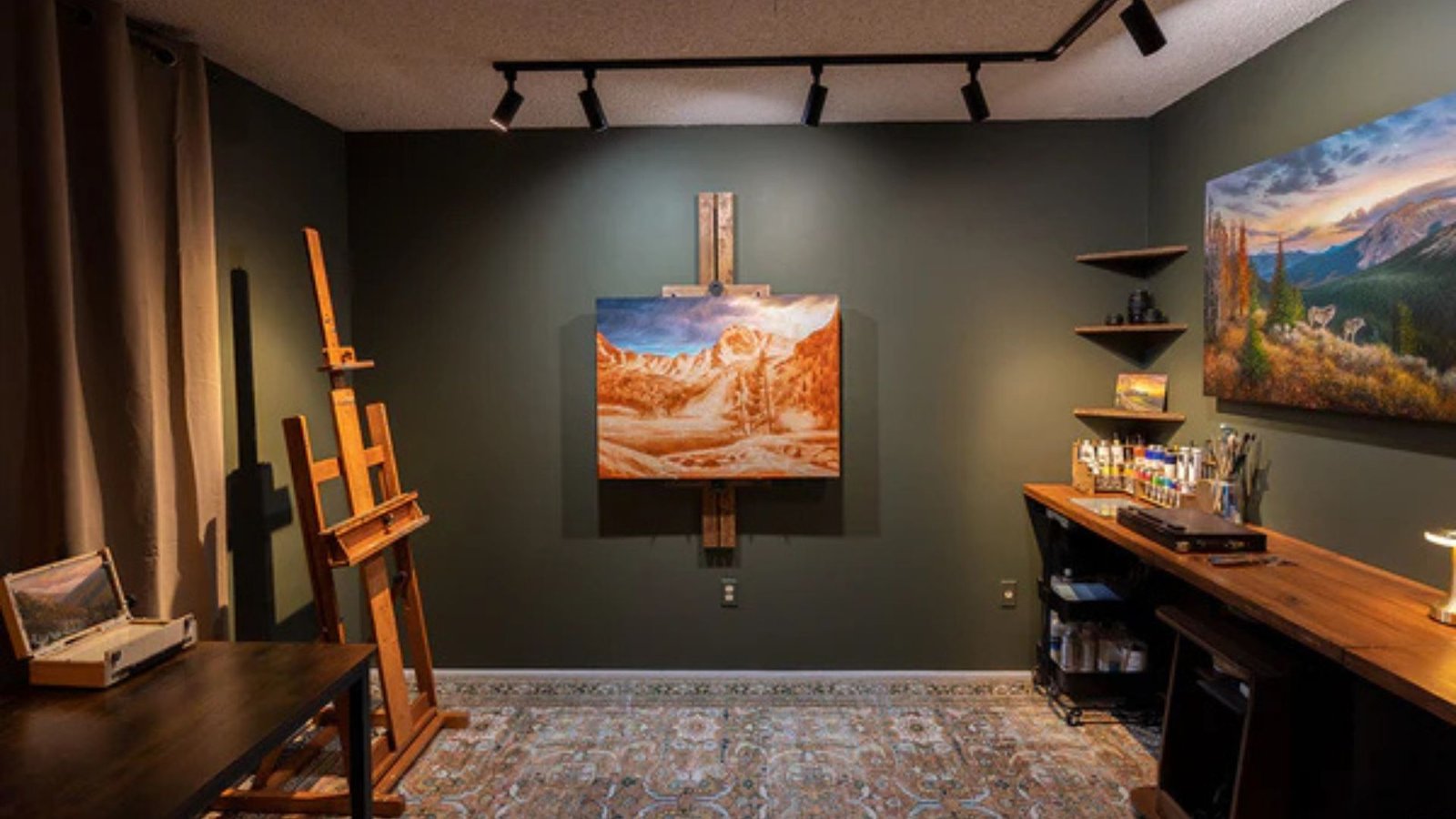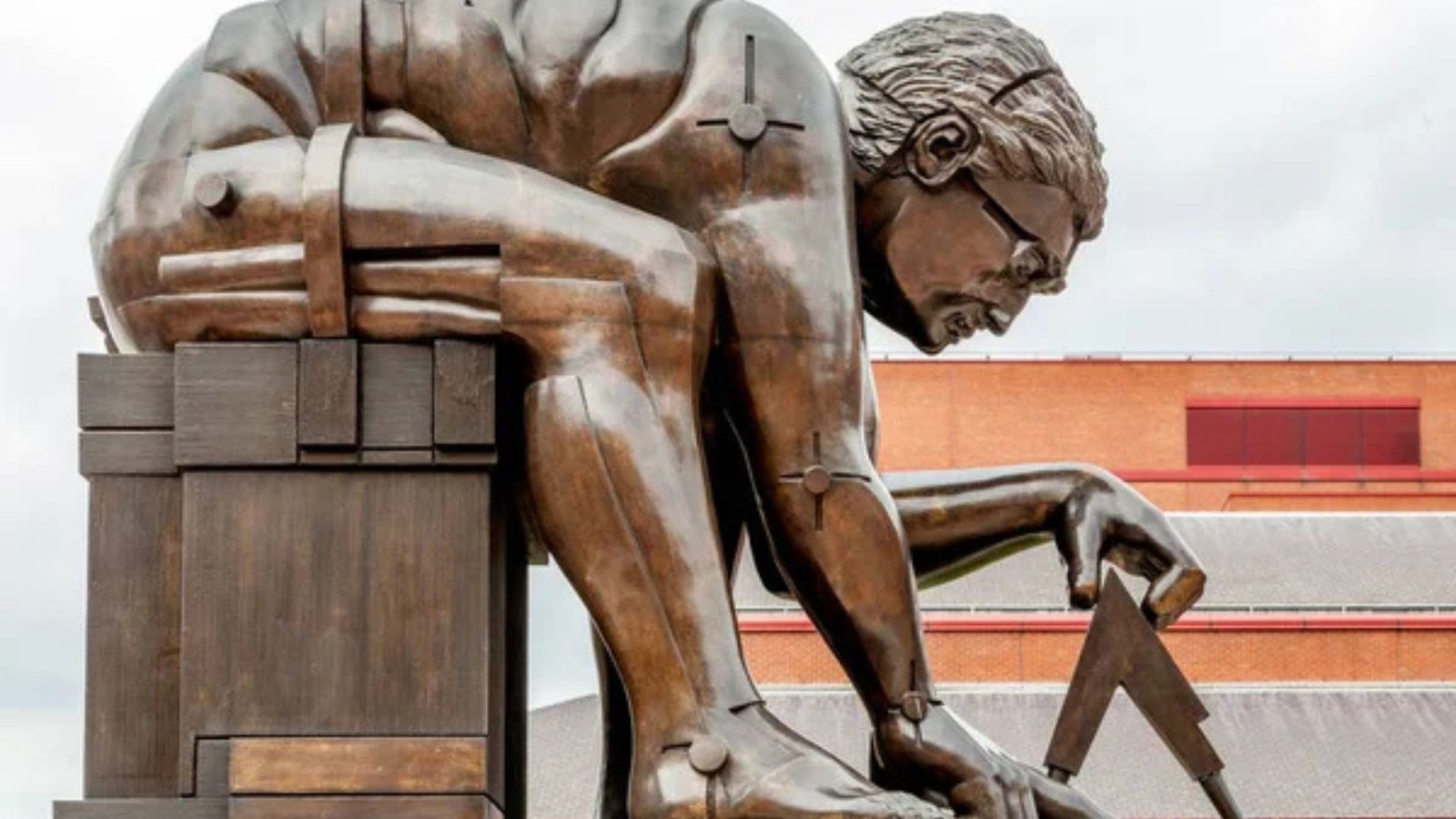Creating bronze art involves several techniques that have been passed down through generations. The techniques used in creating bronze art can be complex, but they offer a way for artists to produce stunning sculptures and pieces that last for centuries. Whether you’re a budding artist or a bronze enthusiast, understanding these methods will give you an appreciation for this beautiful craft.
In this article, we’ll walk you through the different techniques used in creating bronze art. By the end, you’ll have a solid grasp of how artists use bronze to create incredible works of art, from sculptures to intricate details.
1. Lost-Wax Casting
One of the most common and traditional techniques used in creating bronze art is lost-wax casting. This technique involves creating a model of the sculpture in wax, then coating it with a layer of clay or another material. This method is popular for creating detailed and intricate sculptures, as it allows artists to capture fine details.

How It Works
The artist starts by creating a pattern of the sculpture, usually made of a softer material. The pattern is placed in a mold made of packed sand. Once the mold is complete, the molten bronze is poured into it, filling the cavity left by the pattern. Once cooled, the mold is broken to reveal the casted piece.
3. Direct Metal Sculpture
Unlike casting, direct metal sculpture involves working directly with the metal to shape it into the desired form. This technique involves melting and molding the bronze by hand, rather than using a mold.
How It Works
Direct metal sculpting requires a skilled artist to heat and manipulate the bronze until it is soft enough to shape. The artist can then use tools to cut, bend, or weld the metal into place.
4. Patination
Patination is a process that involves applying a chemical treatment to the surface of the bronze to create different colors and textures. This process is not only a way to enhance the beauty of a bronze piece but also adds character and depth to the artwork.
How It Works
The artist applies chemicals to the surface of the bronze, such as acid or heat, to create the patina. This process can result in a wide variety of colors, from greens and blues to browns and golds.
5. Chasing and Repoussé
These techniques involve manipulating the metal to create textures, patterns, or designs.
How It Works
Chasing involves pushing the metal from the surface to create a design, while repoussé involves raising the metal from the back to form a shape. Both techniques require skilled craftsmanship to achieve the fine details seen in bronze art.
6. Casting with a Mold
Another technique used in creating bronze art involves making a mold of a model and pouring molten bronze into it. This is different from sand casting or lost-wax casting in that the mold is typically made of metal or another durable material, which can be used repeatedly to create multiple bronze sculptures.
7. Fusing Bronze
Fusing is the technique of welding or joining bronze pieces together without melting them completely. This technique allows the artist to combine different parts to create a complex structure or form.
How It Works
In fusing, the artist uses a torch or another heat source to melt the edges of the bronze and join them together. Unlike welding, the goal is not to melt the entire piece, but rather to heat the edges enough to fuse them into a single, solid piece. This technique is ideal for creating sculptures with multiple parts.
8. Adding Mixed Materials
Many bronze artists incorporate other materials into their work to enhance the visual appeal or add texture. These mixed media techniques can involve embedding stones, glass, or even wood into the bronze.
Conclusion
The techniques used in creating bronze art are diverse and require a great deal of skill and precision. From lost-wax casting to direct metal sculpting, each method offers a unique way to shape and mold the bronze into stunning works of art. Whether you’re a beginner or an experienced artist, understanding these techniques can help you appreciate the beauty and complexity of bronze art even more.











